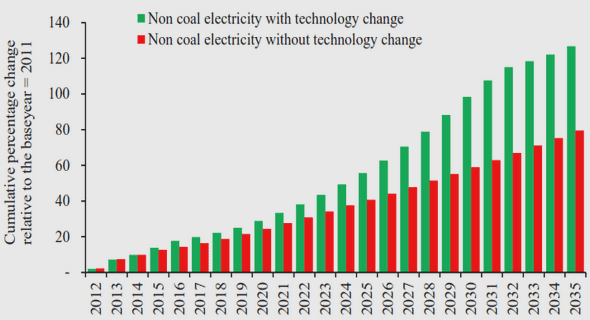(Downloads - 0)
For more info about our services contact : help@bestpfe.com
Table of contents
General introduction
1 Estimation of thermal performance from measurement data: an inverse problem
1.1 Introduction
1.2 Existing methods for the estimation of the thermal performance of a building envelope
1.3 From controlled to uncontrolled conditions: an ill-posed inverse problem
1.3.1 Inverse problems: some definitions
1.3.2 Loss of information in uncontrolled conditions
1.4 Appropriate models for thermal performance estimation
1.4.1 From data-driven to physics-driven modelling
1.4.2 RC models: physics-driven simplified models
1.5 Algorithmic and numerical tools for solving the inverse problem
1.5.1 Frequentist approach
1.5.2 Bayesian approach
1.6 Conclusions and orientations of the following work
2 Identifiability and interpretability
2.1 Introduction
2.2 Structural identifiability : a necessary condition
2.2.1 What is structural identifiability?
2.2.2 Principle of a unique input-output expression: the exhaustive summary
2.2.3 Some existing methods for verifying structural identifiability
2.2.4 Why some models for forward problems are unfit for inverse modelling
2.2.5 Application: a set of structurally identifiable state space models
2.3 Practical identifiability
2.3.1 Grasping the necessity of practical identifiability
2.3.2 Assessing practical identifiability
2.4 Threats to physical interpretation and calibration good practice
2.4.1 Threats to physical interpretation from poorly informative data
2.4.2 Enhancing information in data from uncontrolled measurements
2.4.3 And yet not enough for interpretation: workflow for meaningful calibration
2.5 Conclusion and work prospects
3 Numerical model assessment methodology for physical interpretability
3.1 Introduction
3.2 A numerical assessment framework for physical interpretability
3.2.1 Proposition for a numerical assessment framework
3.2.2 A comprehensive building energy model as reference
3.2.3 Case study
3.3 Model assessment and comparison : a quantitative indicator
3.4 Global sensitivity analysis
3.4.1 How to perform global sensitivity analysis
3.4.2 Assessing the influence of weather variables
3.4.3 Influence of variable thermal properties of the envelope
3.4.4 Conclusion on global sensitivity analysis
3.5 Conclusion
4 Repeatability of parameter estimation under variable weather conditions
4.1 Introduction
4.2 Weather conditions influence: state of the art
4.3 The reference model undergoes variable weather conditions
4.3.1 Adaptations of the reference model methodology
4.3.2 Calibration and model validation
4.3.3 Weather variability in a numerical methodology
4.4 Decrease in variability of Req estimation with experiment duration
4.4.1 Variability with a 2-days model training
4.4.2 Minimal measurement duration for model training
4.5 Influential weather variables on an Req estimation
4.6 Discussion
4.7 Conclusion
5 Decomposition of heat losses in a building
5.1 Introduction
5.2 Model assessment framework for heat transfer decomposition
5.2.1 What decomposition can be reasonably expected?
5.2.2 Application of the model assessment framework
5.2.3 State space model selection and validation
5.2.4 Convergence of the sensitivity analysis
5.3 Estimation of the heat losses through ventilation
5.3.1 Variability of parameters Cw, Ci, Ro, Ri, Aw and cv of model TwTi RoRi cv
5.3.2 Sensitivity analysis of parameters Cw, Ci, Ro, Ri and cv
5.3.3 Estimation and physical interpretability of ventilation and infiltration
5.3.4 Conclusions on decomposing ventilative heat losses
5.4 Estimation of heat losses towards unheated neighbouring space
5.4.1 Variability of the estimated parameters of model TwTi RoRiRb
5.4.2 Sensitivity analysis of the thermal resistance estimation
5.4.3 Identifiability and interpretability of the proposed model
5.4.4 Conclusions on identification of heat losses to neighbouring spaces
5.5 Conclusion and Bayesian prospects
General conclusion
Bibliography



